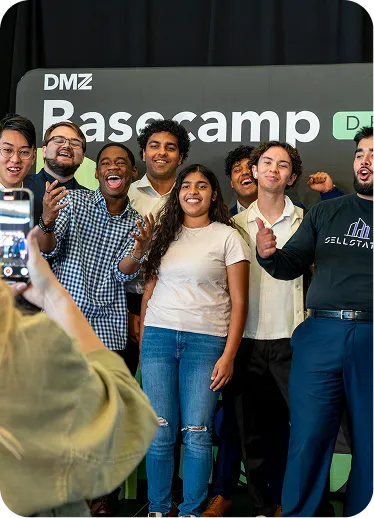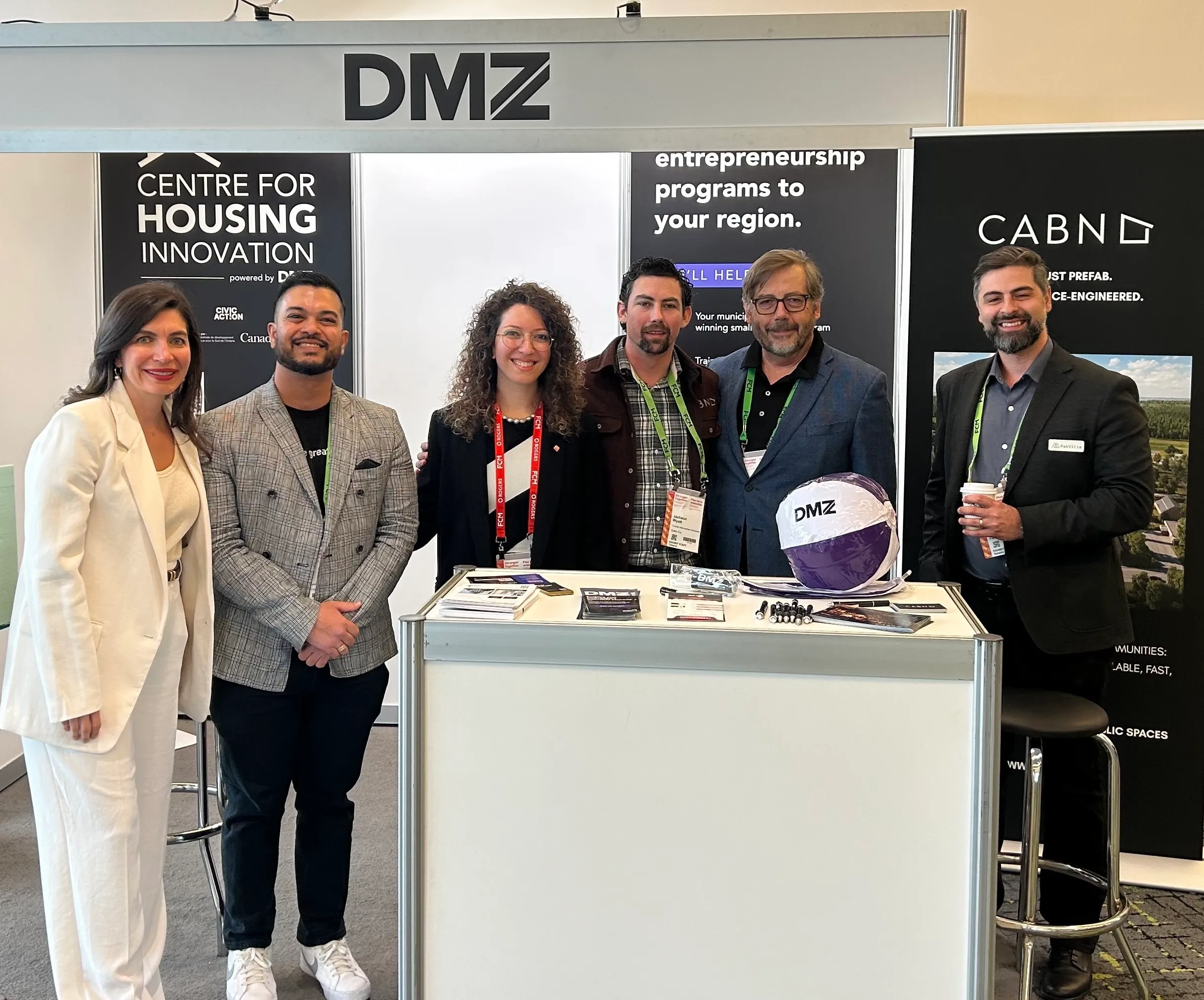Workplace inclusion- more than just diverse faces
This year marks the first Pride Month in Toronto. It also marks the first time in Canadian history where a mayor, premier and the Prime Minister will march in the Pride parade.
Although an inaugural occasion to be celebrated, the recent attack in Orlando reminds us that the fight to end discrimination against the LGBTQ community isn't over.
As many communities are focusing on creating a dialogue about LGBTQ issues, businesses across Canada are stepping up and building a comprehensive diversity and inclusion strategy for their employees. But is it working?
According to a recent study by the Human Rights Campaign Foundation, 53 per cent of LGBTQ employees in Canada hide their sexual identity in the workplace. These numbers are estimated to be higher within sectors such as sports, technology and in the startup community.
This comes as no surprise when learning that 62 per cent of Canadian employees have heard negative LGBTQ related jokes or stereotypes at work.
Like any problem, solving issues of workplace inclusion requires transparent communication where diverse views can be expressed freely.
That's why the DMZ and Out On Bay Street partnered to host the 'Launching Into Inclusion' panel, North America's first panel discussion on LGBTQ inclusion in entrepreneurship.
Led by Stefan Palios, founder of Ziversity, our panelists - Chakameh Shafii, co-founder and CEO of TranQool, Lidia Bit-Yunan co-founder at Set Scouter, Zee Adams, founder of Somanda, Scott Stirrett, founder and executive director of Venture for Canada and Anshula Chowdry, CEO of SAMETRICA - each shared their own experiences as outliers in the entrepreneurial world.
The highlights:
On self-selection
Lidia: "When you're growing your team as a startup, what happens is unless you're conscious about it, co-founders end up hiring in their own image because it's the safest thing to do. It's like 'we did well with the two of us' so it makes sense to just keep cloning themselves. When growing your business, it's important to ask yourself what kind of perspectives you're lacking on your team."
On what inclusion really means
Scott: "Inclusion isn't just having diverse faces in your company. Inclusion is allowing a diverse team to be completely comfortable."
On the double-outsider status
Anshula: "Women don't get the same level of support to go into STEM and many don't think about LGBTQ entrepreneurs, so think about where women who identify themselves an LGBTQ entrepreneurs or a woman entrepreneur who's part of the LGBTQ community fits into all of this."
On hiring for skills vs. hiring for inclusion
Chakameh: "It's important to hire for skills, but it's also important to include everyone in the conversation. You can do both."
On LGBTQ inclusion as a business strategy
Zee: "By actively recruiting, retaining, developing and advancing LGBTQ employees and other minority groups, startups increase their ability to compete effectively and build better products and services."


.webp)




